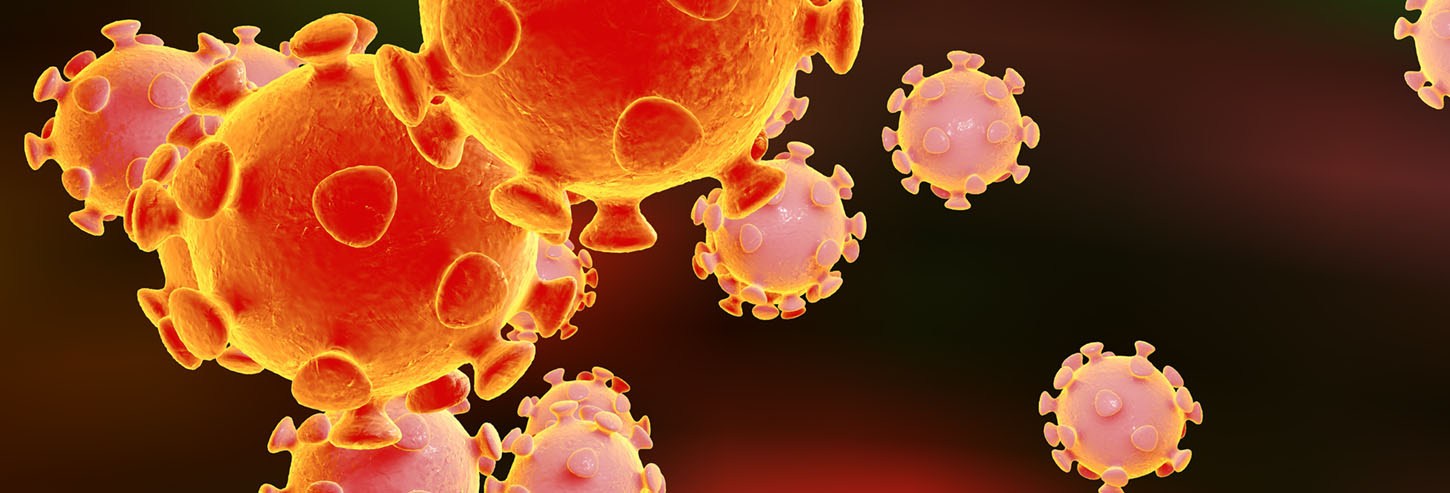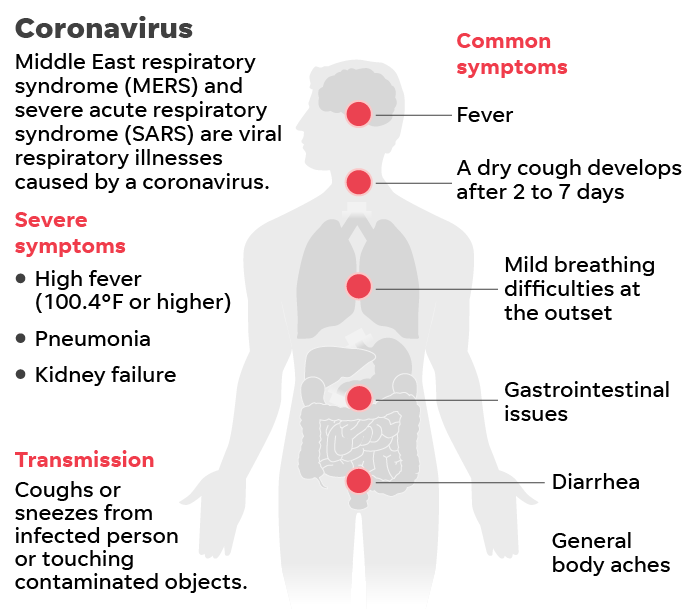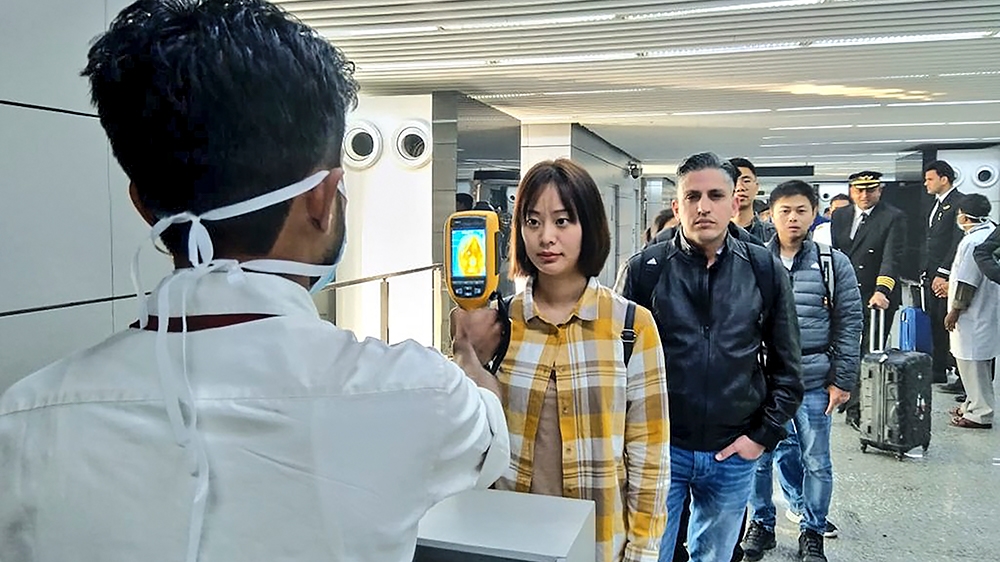Coronavirus – How dangerous it can be?
The fear, anxiety, and darkness have once again struck the world. Coronaviruses (CoV) has been declared as a pandemic. Deserted roads, malls, parks, and closed schools – the fear is omnipresent. So, what exactly is a coronavirus, how contagious, deadly the virus is, and how long it takes to show symptoms are a few questions we will explore in this quick read.

What is Coronavirus?
Coronaviruses are a large family of viruses that are responsible for causing health problems ranging from the common cold to more determinantal illnesses like Severe Acute Respiratory Syndrome (SARS-CoV) and Middle East Respiratory Syndrome (MERS-CoV).
How contagious is the Coronavirus?
It spreads quickly and easily making containment efforts near to impossible. The scale of the outbreak depends largely on how easily and quickly a virus is transmitted from one person to the other.
In the case of a novel coronavirus, it spreads quickly and easily, especially in cruise ships, hospitals, homes, churches and other confined spaces. It is more spreadable than SARS, another coronavirus that spread in China in the year 2003 and affected nearly 8,000 people.

The pathogen travels through the air, in the form of droplets that are produced when an infected person sneezes, coughs, breathes or talks. These droplets fall to the ground within an area of few meters making the virus harder to get compared to other pathogens like tuberculosis, measles, and chickenpox that travel 100 feet through the air. However, it is easier to catch than hepatitis or HIV that spreads through direct contact with the bodily fluid of a sick person.

Is the virus deadly?
It might be early to know yet. However, the fatality rate might be more than one percent, higher than the seasonal flu.
So far, this has been a crucial factor in how damaging the outbreak would be and also least understood. It is very difficult to assess the lethality of this novel virus. It is only the worst cases that are detected and identified first that skews the understanding of how likely the infected patients can die. People who experience mild illness or symptoms may never visit a doctor, and there might be more cases than China is considering leading to a lower death rate than what was thought initially.
It is a lot easier to miss mild cases that resolve on their own than it is to miss dead people. It is an event that has changed the course of mankind. Initial research and study indicate that the coronavirus might be more deadly compared to the seasonal flu that usually kills only one in a thousand people. An analysis done on nearly 44,000 confirmed cases of the new virus show that one in fifty died. Eighty-one percent of patients sick with the novel coronavirus had a mild illness, five percent, and critical illness, and fourteen percent of patients had severe illness.
 How long does it take for symptoms to show?
How long does it take for symptoms to show?
As the symptoms take five to seven days to show, the illness goes undetected. The time span it takes for symptoms to appear after a person catches the infection is vital for control and prevention. Also known as the incubation period, this time allows health personnel to observe or quarantine who might have been exposed to this new virus. However, if the incubation period is either too short or too long, it becomes difficult to implement these measures.
Some diseases such as influenza have a short incubation period for three to four days. People might be shedding infectious virus particles before they show the symptoms of flu making it impossible to isolate and identify those who have the virus. SARS had an incubation period of five days and took five to six days after symptoms started prior to infected people can transmit the virus. This made it possible for health officials to stop and contain the virus from further spreading.
According to the Centers for Disease and Prevention, the novel coronavirus has an incubation period between two and fourteen days. When symptoms start to exhibit, they include cough, fever, and difficulty in breathing or shortness of breath. However, mild cases might simply resemble the bad cold or flu, and people might pass on the new coronavirus before developing obvious symptoms.
 Governments all over the world are trying their best to contain this new virus. As responsible citizens, it is our responsibility to adhere to the guidelines laid down by the health ministry and doctors. Instead of creating panic, it is time to stay alert and prepare.
Governments all over the world are trying their best to contain this new virus. As responsible citizens, it is our responsibility to adhere to the guidelines laid down by the health ministry and doctors. Instead of creating panic, it is time to stay alert and prepare.
Help Support
https://www.who.int/emergencies/diseases/novel-coronavirus-2019/technical-guidance
https://www.cdc.gov/coronavirus/2019-ncov/index.html


Comments are closed.